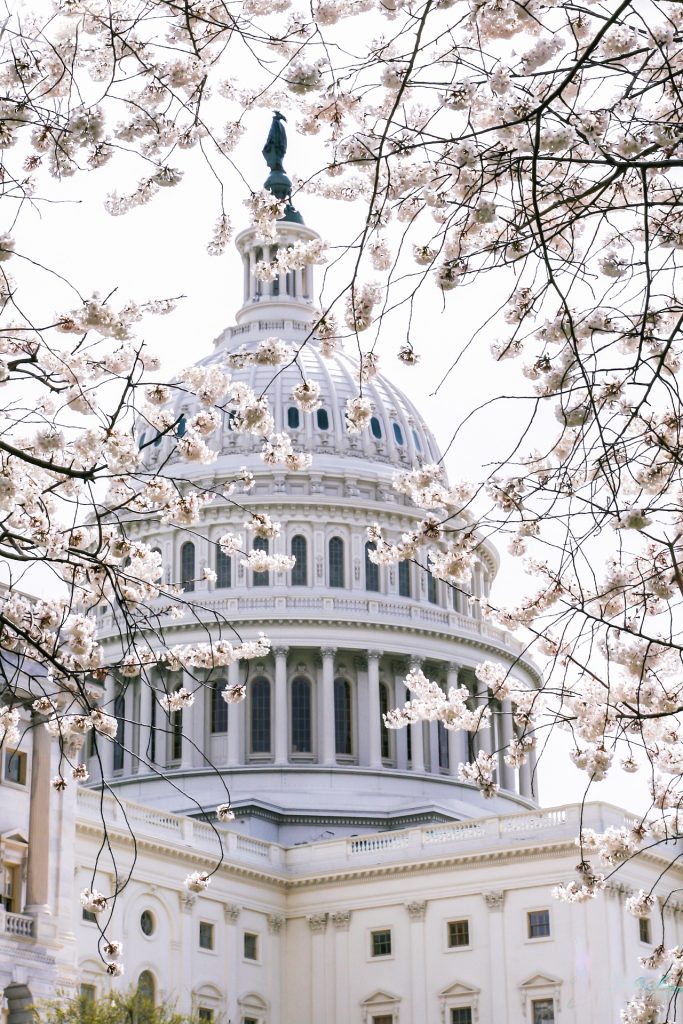As we noted in our last post, on July 4, President Trump signed into law the “One Big Beautiful Bill” Act (OBBBA), a budget reconciliation bill that impacted a wide array of public policies. The OBBBA included many changes to current tax law. In our post earlier this week, we discussed some of the most wide-reaching tax provisions, and in this post, we focus mainly on the changes impacting parents with young children.
Child Tax Credit. First and foremost, the OBBBA increased the child tax credit from $2,000 to $2,200 per child under age 17, and it also indexed the child tax credit amount for inflation starting in 2026.

Child Investment Accounts. The OBBBA created new child investment accounts, nicknamed “Trump accounts,” in which U.S. citizens born in 2025 through 2028 will receive a $1,000 deposit from the federal government. Parents and parents’ employers can also contribute up to $5,000 and $2,500 per year, respectively, into the Trump accounts, which will then be invested in a low-cost, diversified U.S. stock index fund.
The employer contributions will not count toward taxable income (which would be a nice benefit if your employer offers such contributions). Employer contributions and tax-deferred earnings will be subject to ordinary income tax upon withdrawal, however, which lessens the appeal of using the Trump accounts for child savings as compared with the tax benefits of 529 accounts or Roth IRAs (where appropriate). The accounts can be funded up until the calendar year that the child turns 18, at which point the account balances are fully accessible to the child beneficiary (another potential drawback). Withdrawals prior to age 59 ½ would be subject to a 10% early withdrawal penalty, similar to IRAs, unless the withdrawal is used for higher education expenses, toward a first-time home purchase (up to $10k), or for another qualified exception.
Use of 529 Accounts for Pre-College Expenses. The Tax Cuts and Jobs Act in late 2017 allowed taxpayers to begin using 529 accounts to pay for elementary and secondary school tuition at private and religious schools, up to $10,000 per beneficiary per year. Starting in 2026, the OBBBA raises that limit to $20,000, which benefits parents whose children’s tuition exceeded the old $10k limit. The OBBBA also expanded the definition of qualified expenses for those attending public, private, or religious schools to include, for example, books and other curricular materials, tutoring or educational therapy expenses, and fees for achievement tests or dual enrollment.
Student Loan Limits for Graduate and Professional School. On the opposite side, the OBBBA lowered the borrowing limit for federal student loans for graduate and professional school and narrowed the student loan repayment plan options. Starting on July 1, 2026, unsubsidized federal student loan amounts will be capped at $20,500 per year ($100k in aggregate) for graduate school students and $50,000 per year ($200k in aggregate) for professional degree students, such as doctors and lawyers. The OBBBA also establishes a lifetime borrowing limit of $257,500 for all of an individual’s federal student loans for his or her education (not including any loans he or she might undertake on behalf of dependent children at some point). Similarly, for parents, the OBBBA caps Parent PLUS loans at $20,000 per year ($65k in aggregate), and it eliminates PLUS loans that have allowed graduate and professional students to borrow up to their entire tuition cost minus federal aid. (Note that non-federal, private student loans could still be available for borrowing above these thresholds.)
In addition, starting in 2026, those incurring student loan debt will have fewer repayment plan options available. Borrowers will only be able to choose between the standard repayment plan and the income-based repayment plan known as the Repayment Assistance Plan (RAP). The OBBBA is eliminating the Biden administration’s Pay As You Earn (PAYE) and Saving on a Valuable Education (SAVE) plans, which will be phased out over the next 3 years for those currently enrolled. Also, loan balances for those in the SAVE plan will start accruing interest in August.
Tax Credit for Private School Scholarships. The OBBBA establishes a 100% tax credit for donations up to $1,700 to qualifying nonprofits that award scholarships for in-state students for private elementary and secondary education. States can choose to adopt the program (or not), starting in 2027. Qualifying students must be members of a household that only has less than 300% of the median gross income for their area in the previous year. (This includes, therefore, lots of middle- and high-income families. The median gross income in Fairfax County, Virginia, for example, is around $150k.) Many in Congress were pushing for “school choice” or “school voucher” programs, but the final version of OBBBA included only this feeble step in that direction, especially since states generally opposed to such programs can just choose not to participate in this provision of the OBBBA.
Please let us know if you have questions about how the new tax provisions affect you.
If you have any questions about your financial future, we're here to help. Please use this form or feel free to call or e-mail us.
(703) 385-0870

